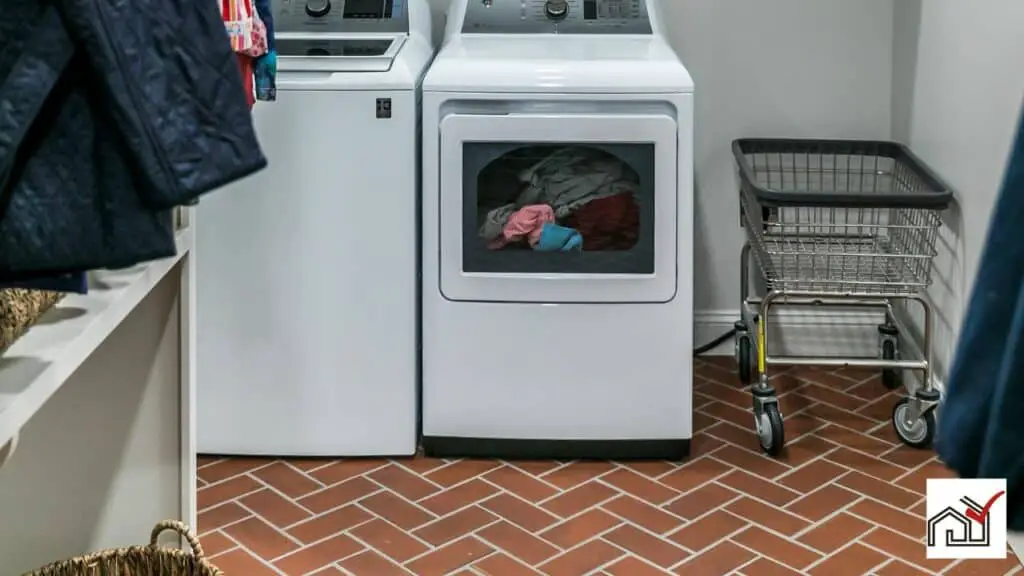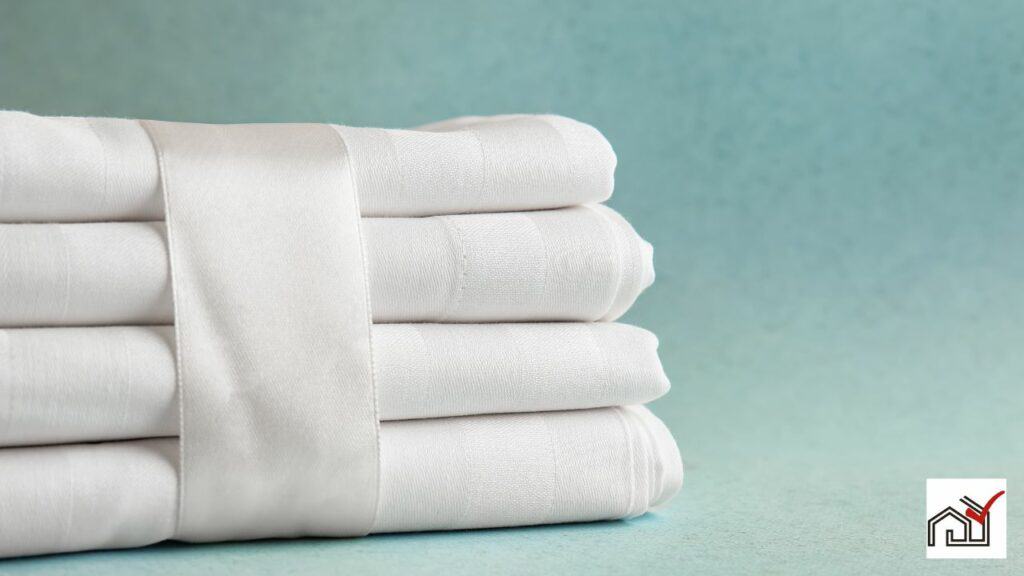The time it takes for a pillow to dry depends on its material, washing method, and drying conditions.
Synthetic fiber pillows can dry in about an hour in a dryer set to a moderate temperature.
Down or feather pillows may take longer to dry due to their thick composition.
Memory foam pillows should not be machine dried; they need to air dry completely to avoid damage.
It's important to dry pillows completely to prevent mold, mildew, and dust mites, which can affect health and hygiene.
Using the right drying methods and allowing enough time are important for keeping your pillow in good shape.
Understanding Pillow Materials
Understanding pillow materials is important for correct cleaning and drying. Feather and down pillows can be machine washed with warm water and a mild detergent. They can be air-dried or tumble-dried on a no-heat setting with tennis balls to keep them fluffy.
Memory foam pillows should not be washed because they absorb water and can get damaged. They can be spot-cleaned or vacuumed and should be air-dried out of direct sunlight.
Latex pillows should also not be washed. They can be spot-cleaned and need to be air-dried in a well-ventilated area.
Buckwheat pillows have washable covers. Remove the buckwheat hulls before washing the cover and dry the hulls in the sun.
Using pillow protectors can reduce washing frequency. Always follow the manufacturer's cleaning instructions. Consider a professional dry cleaner for best results and to prolong pillow life.
Pre-Drying Preparation Tips
Before drying pillows, remove as much water as possible without twisting them, which could damage the filling. Support the pillows when taking them out of the washer to avoid stretching the fabric or seams.
Dry no more than two pillows at a time in the dryer to allow them to move freely for even drying. Add a few tennis balls in the dryer to prevent the pillows from clumping and to keep them fluffy.
Use the lowest heat setting on the dryer to prevent shrinkage and damage. For feather or down pillows, use a delicate cycle. Periodically fluff the pillows during drying to ensure even dryness.
If weather permits, drying pillows outside in the sun is also effective and helps freshen them. Make sure pillows are fully dry before use to avoid mold and mildew.
Machine Drying Techniques
Pillow drying time in a machine depends on the pillow type, machine heat setting, and the use of drying aids like dryer balls. Machine drying is faster than air drying. A medium to low heat setting is optimal to prevent damage, especially for memory foam pillows. Front-loading dryers help keep the pillows in shape.
Adding dryer balls or tennis balls helps keep the pillow's shape and fluff, agitating the pillows for even drying. Pillows should be removed and fluffed every hour to prevent clumping and check dryness.
For natural fiber or down pillows, use dryer balls and a low heat setting to prevent damage and maintain the fill's loft. Fluffing regularly ensures even drying and reduces shrinkage risk.
After the drying cycle, check the pillows for any dampness with a touch test. If they are damp, they need more drying to prevent mildew. Once thoroughly dry, pillows can be placed back on the bed.
Alternative Drying Methods
Machine drying isn't the only way to dry pillows; air drying or using a fan are also effective, though slower.
Air drying is energy-efficient and can be done outdoors, ideally in sunlight to help dry and sanitize the pillows. It's good practice to air pillows outside every six months to keep them fresh and reduce allergens.
Tennis balls or dryer balls can be used during air drying to keep the pillow filling from bunching up. Make sure to frequently turn the pillows for even exposure to air and sunlight.
Before drying, wash pillows according to their care instructions, typically in warm water on a gentle cycle, although some may require cold water. After washing, press out excess water without twisting to avoid damaging the pillow.
Post-washing, place pillows on a drying rack or hang them where there's good air circulation. If using a fan, set it up to move air around the pillow but not directly against it to prevent damage.
Patience is important with these drying methods, as the pillow must be completely dry to prevent mold, mildew, and mites.
Assessing Pillow Dryness
To check if a pillow is dry after washing, squeeze it to feel for moisture. It should be dry on all sides. Using dryer balls in a machine helps pillows dry without clumping.
Smell the pillow for odors that suggest dampness, indicating it may need more drying. Memory foam pillows must air dry fully. When drying pillows outside, allow for good airflow and place towels underneath if necessary.
Fluff pillows during and after drying to keep their shape and ensure no dampness remains. Pillows must be completely dry before use to prevent mold, mildew, or dust mites.





